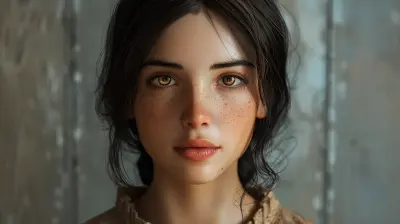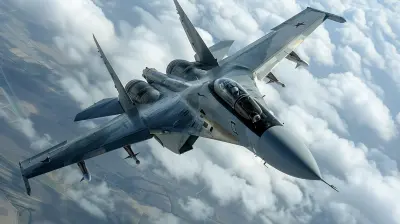Dive Into the World of Crossovers in Fighting Games
6 October 2025
Ever sat on your couch, controller in hand, thinking, “Man, it would be wild if Ryu fought Scorpion”? Or maybe you’ve imagined Sonic throwing hands with Pikachu? Well, you’re not alone—and the good news is, the world of fighting games has heard your prayers. Crossovers in fighting games are the answer to every fan’s dream: characters from different universes, franchises, and platforms duking it out in glorious, chaotic style.
Crossovers have become the ultimate playground for gamers who want their favorite characters to break the rules of reality. And honestly, who wouldn’t want to see a brawl between Batman and Sub-Zero? So, buckle up because we’re about to take a deep dive into the wild, unpredictable, and oh-so-awesome world of crossover fighting games.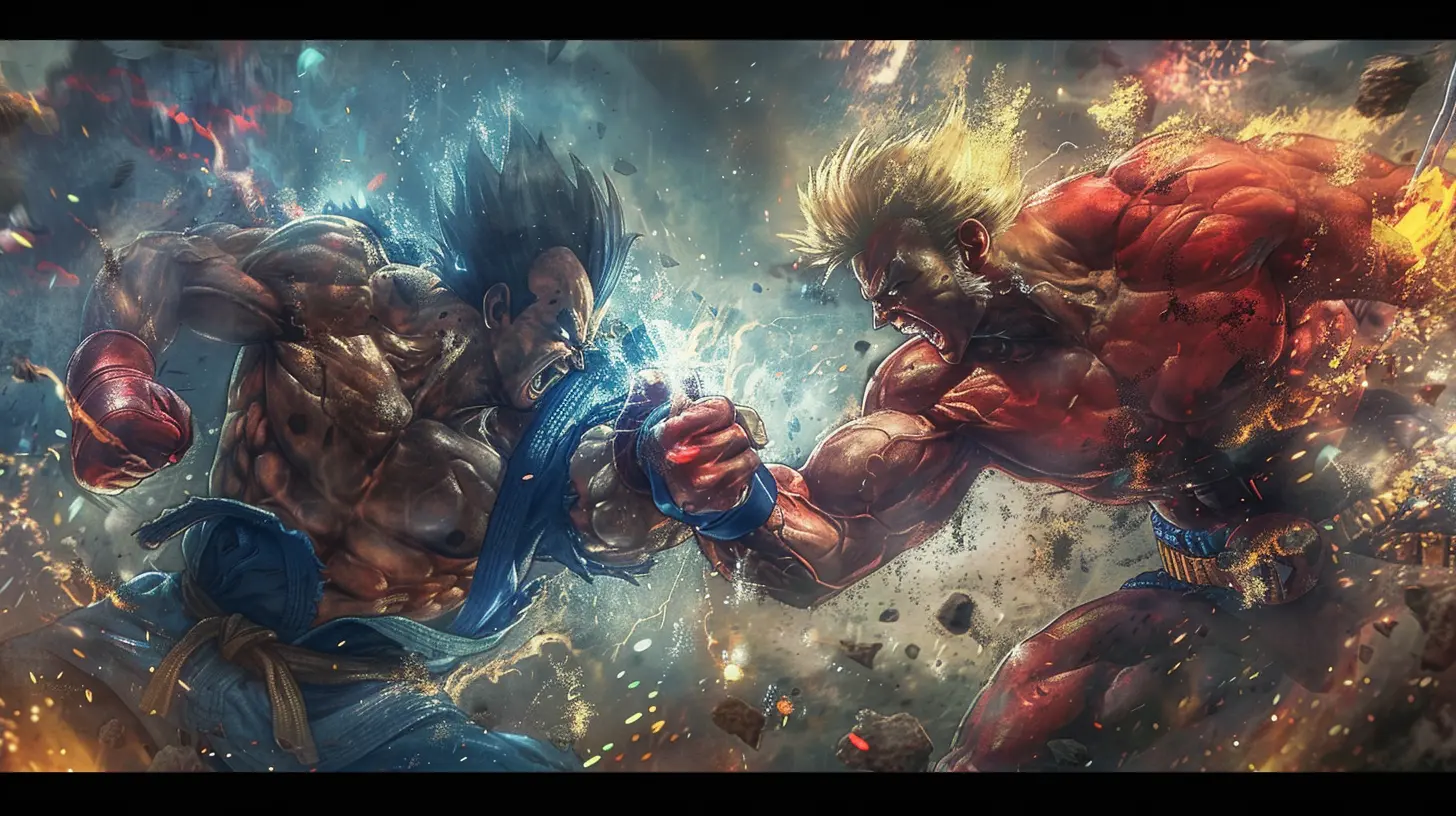
What Are Crossover Fighting Games Anyway?
Let’s simplify this. A crossover fighting game brings together characters from different video game series—or sometimes even comics, television, and movies—into one game, where they punch, kick, and combo the heck out of each other.Think of it like a big gaming family reunion, except everyone’s throwing hadoukens instead of hugs.
It’s not just about fan service. It’s a celebration of pop culture, an ode to gaming history, and a way for devs to say, “Hey, we know what you love—and we’re here to deliver!”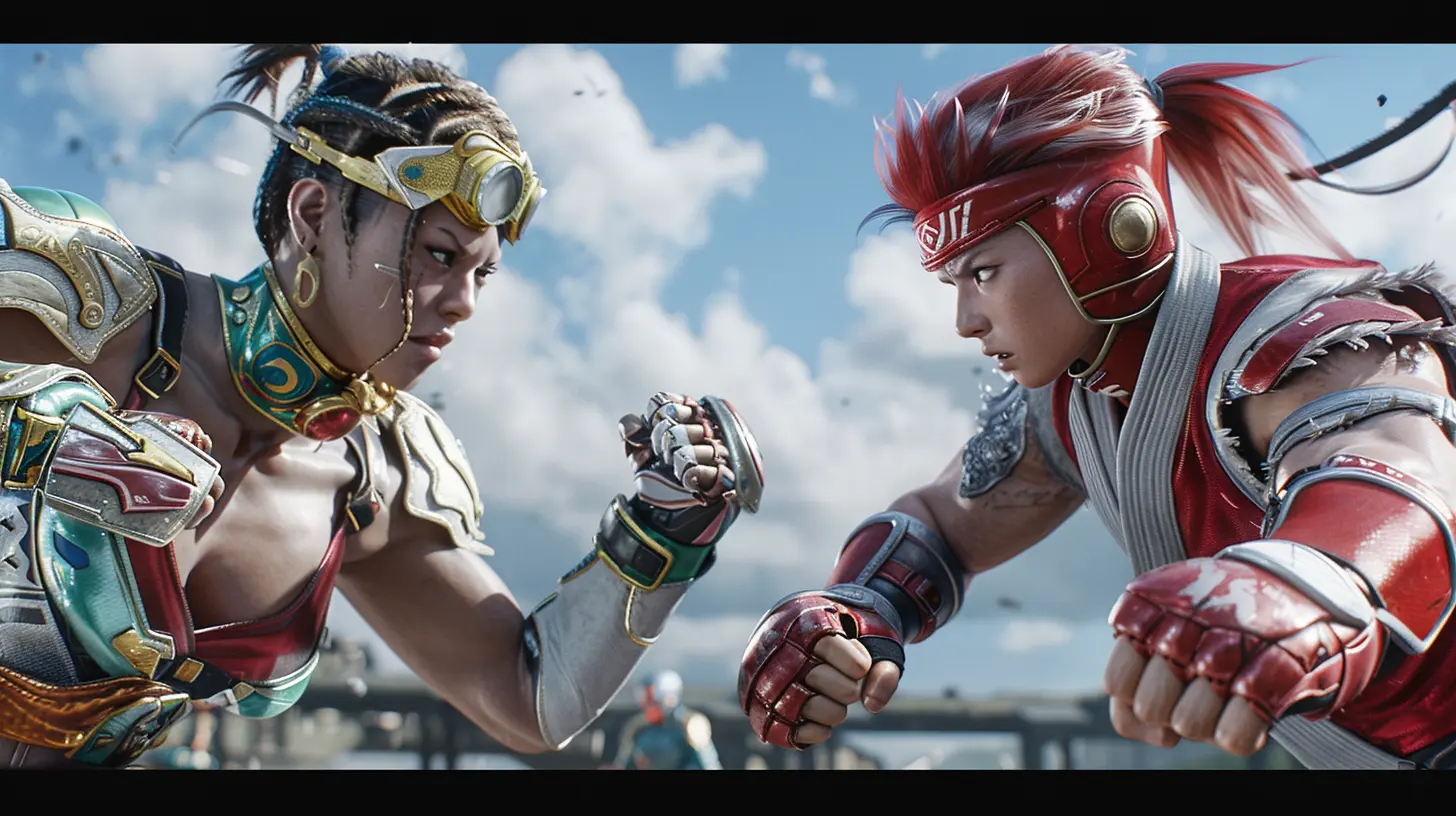
A Brief History of Crossover Fighting Games
Before we dive into the over-the-top action of today’s games, let’s rewind a bit. Crossovers didn’t just fall out of the sky. They evolved.The Early Years
Way back in the '90s, we got our first taste of crossover magic with Marvel vs. Capcom. Capcom had already revolutionized fighting games with Street Fighter, and when they teamed up with Marvel? Boom. Instant classic.Characters like Ryu and Wolverine going toe-to-toe was something no one saw coming—but everyone fell in love with it.
Evolution of the Genre
Over the years, more studios jumped on the hype train. We saw SNK vs. Capcom, giving fans the dream match-ups between Fatal Fury and Street Fighter characters. Later came Tatsunoko vs. Capcom, mixing anime with arcade legends.Oh, and let’s not forget the ever-expanding Super Smash Bros. series, which took the crossover formula and cranked it to eleven.
More than just a gimmick, it became a genre-defining element—each new title upping the ante with more characters, more stages, and more chaos.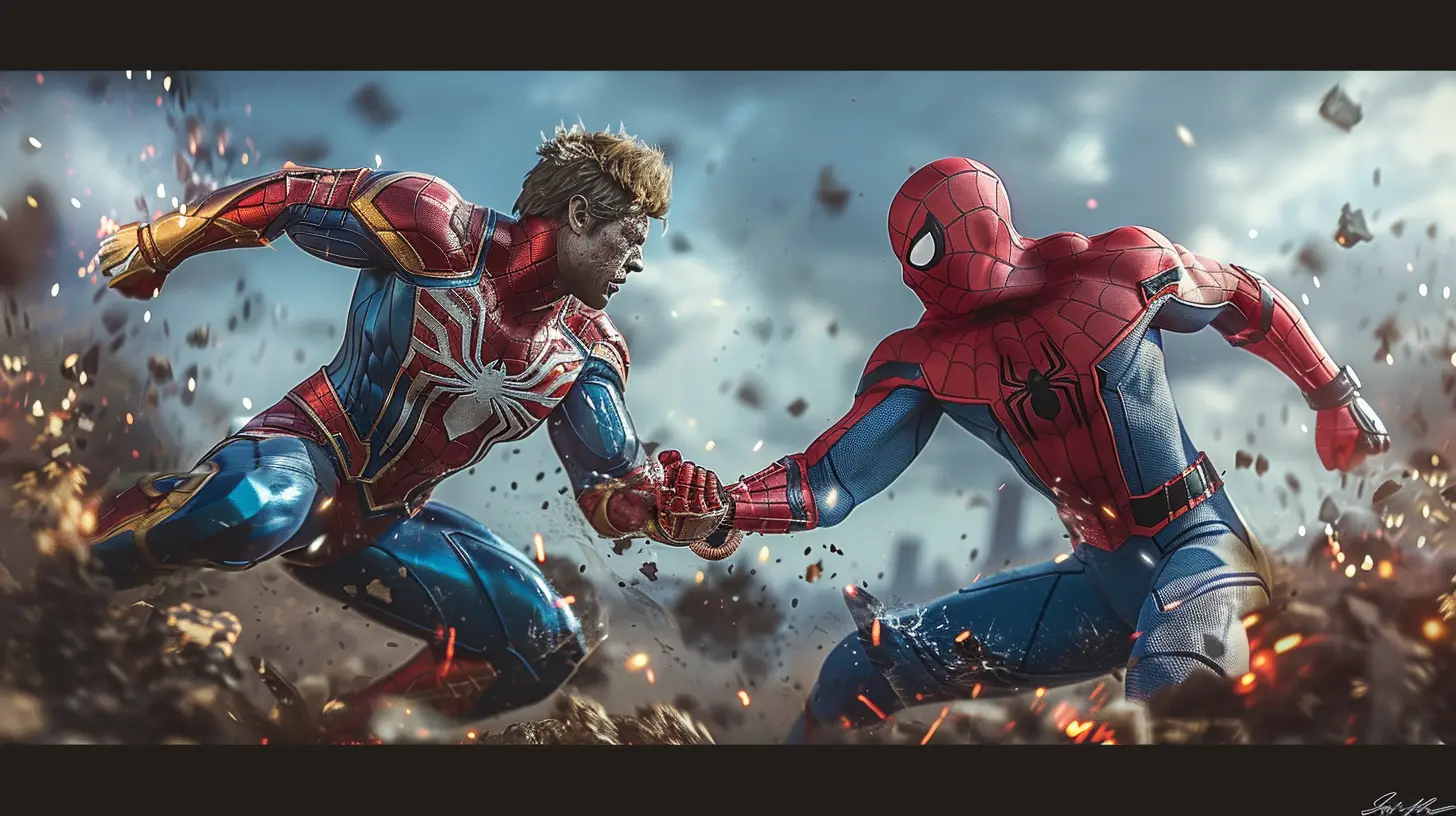
Why Are Crossovers So Dang Popular?
You might be wondering—what makes these mash-ups so irresistible? Well, let me break it down.1. Fan Fantasy Fulfillment
Gamers are dreamers. We spend hours creating what-if scenarios. Who’s faster—Sonic or Captain Falcon? Could Link take on Cloud? Now we get answers.Crossover fighting games are the gaming version of the Avengers—bringing together heroes (and villains) from different worlds to fight side by side or against each other.
2. Variety Is the Spice of Combat
Having a giant roster with characters from all over gives you a buffet of playstyles. Maybe you like a heavy-hitter like Donkey Kong or prefer the agility of Naruto. There’s something for everyone.And believe me, once you get bored of one character, there are 50 more waiting to be mastered.
3. Replay Value Through the Roof
With so many characters, stages, combos, and matchups, replayability skyrockets. No two fights feel the same, and that keeps players coming back—whether it’s casual couch matches or competitive esports.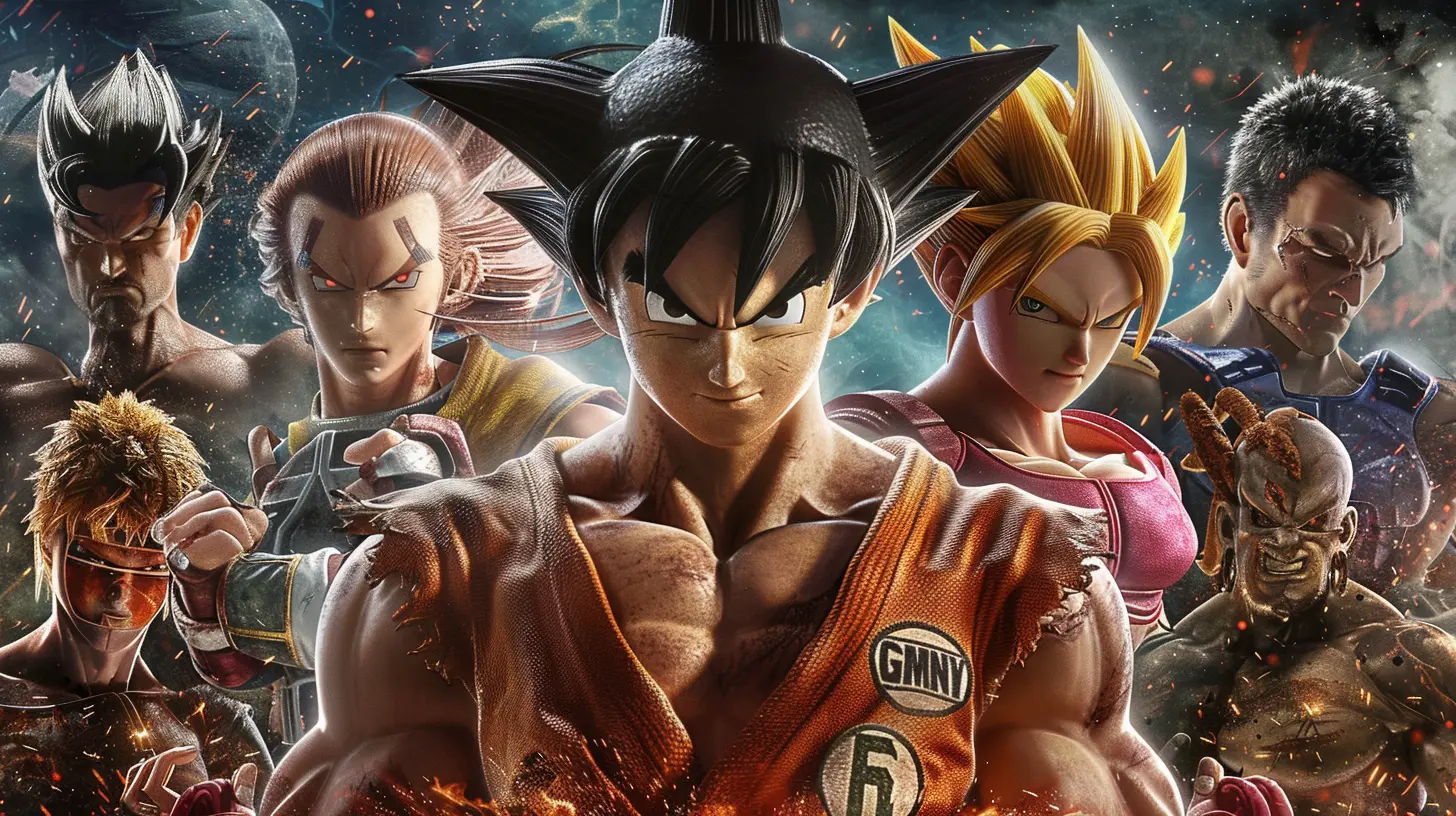
Iconic Crossover Fighting Games You Need to Try
Now let’s show some love to the titans of the crossover world. If you haven’t played these yet, crack those knuckles because you’re in for a ride.Super Smash Bros. Ultimate
This game is the king of mash-ups. Nintendo didn’t just bring its own characters—they invited everyone. Mario, Zelda, Kirby? Sure. But also Joker from Persona 5, Cloud from Final Fantasy, and even Steve from Minecraft.It’s utter madness—in the best possible way.
With over 80 characters, dozens of stages, and a soundtrack that'll make your inner nerd weep with joy, it's the ultimate crossover experience.
Marvel vs. Capcom Series
This franchise put crossover fighting on the map. It’s fast, flashy, and frantic. Want to make a team with Iron Man, Deadpool, and Mega Man? Go for it.Marvel vs. Capcom 2 is still hailed as one of the greatest fighting games of all time. The pixel art. The wild assists. The jaw-dropping combos. It’s a love letter to fans of both universes.
Mortal Kombat vs. DC Universe
Yeah, this one raised a few eyebrows. How do you make Batman fight Sub-Zero without breaking lore or bones?It was weird. It was fun. And it paved the way for Injustice, where DC characters finally got a fighting game all to themselves, powered by the same gutsy NetherRealm engine.
PlayStation All-Stars Battle Royale
Sony said, “Hey, why should Nintendo have all the fun?” With characters like Kratos, Nathan Drake, and Sackboy, they tried to build their own version of Smash—with mixed results. Not perfect, but still a notable piece of the crossover puzzle.Unexpected Crossovers That Blew Our Minds
Sometimes, crossovers come out of left field—and we LOVE it.Tekken X Street Fighter... or Was It Street Fighter X Tekken?
This ambitious project that tried merging Tekken’s 3D mechanics with Street Fighter’s 2D style was a unique experiment. While the execution had its ups and downs, it was thrilling to see Kazuya roundhouse Ryu across the screen.SoulCalibur Series
Guess what? Link was a guest fighter. So were Darth Vader and Yoda. Even Geralt from The Witcher showed up at one point. Talk about breaking boundaries! SoulCalibur made guest appearances feel like a regular thing—and fans couldn’t get enough.The Rise of Esports and Crossover Fighting Games
Here’s something cool—crossover fighting games aren’t just great for casual play. They’ve carved out a huge space in the competitive scene.Smash Bros. and the Pro Scene
Super Smash Bros. Melee still has one of the most passionate esports communities two decades after its release. Tournaments like EVO (Evolution Championship Series) showcase elite players showing off mind-blowing skill—and some salty smack talk, too.Marvel vs. Capcom Hype is Real
Watch a top-level Marvel vs. Capcom 3 match, and it’s like watching a kung-fu movie mixed with fireworks. The combos, the commentary, the comebacks—it’s esports at its most hype.These games prove that crossovers aren’t just fun—they’re a legit competitive art form.
What Makes a Great Crossover Fighting Game?
Let’s break it down. A great crossover fighter needs more than just a cool cast.Solid Mechanics
It can’t just be a nostalgia fest. Players need tight controls, responsive gameplay, and strategic depth. The best games nail this balance.Fan Respect
Got a beloved character? Developers need to do them justice. Don’t just throw them in—bring their moves, voice lines, and attitude to life. Fans notice when the love is there.Balanced Roster
Sure, we all want our favorites to win. But the best games make sure every character has a shot. Balance is key—even if we love to hate those top-tier mains.The Future of Crossovers is Brighter Than Ever
And the best part? We’re just getting started.The idea of crossovers has gone from novelty to norm. Moving forward, we might see anime universes clash, multiverse mashups, or even collabs we never thought possible. With gaming tech evolving and fandoms going strong, the possibilities are endless.
We’re probably not far from a game where Master Chief fights Goku while Spider-Man swings through the background. Wild thought, right? But honestly… it could happen.
Final Thoughts
Fighting game crossovers are more than just gimmicks. They’re a celebration—the ultimate fan moment where worlds collide, rivalries are born, and legends are made.Whether you're a button-mashing newbie or a frame-perfect warrior, there's something magical about seeing your favorite characters from totally different universes trade fists (or fireballs).
So next time you boot up Super Smash Bros. or return to MVC3 for the hundredth time, just remember—you’re playing a part in gaming’s biggest mash-up fantasy.
And honestly? It doesn’t get much better than that.
all images in this post were generated using AI tools
Category:
Fighting GamesAuthor:

Jack McKinstry
Discussion
rate this article
1 comments
Tilly Franklin
Great article! I love how crossovers add depth and excitement to fighting games. It's fascinating to see different characters interact and battle. Looking forward to more insights!
October 13, 2025 at 2:47 AM

Jack McKinstry
Thank you! I’m glad you enjoyed it and share the excitement about crossovers—there’s so much potential for character interactions! Stay tuned for more insights!

